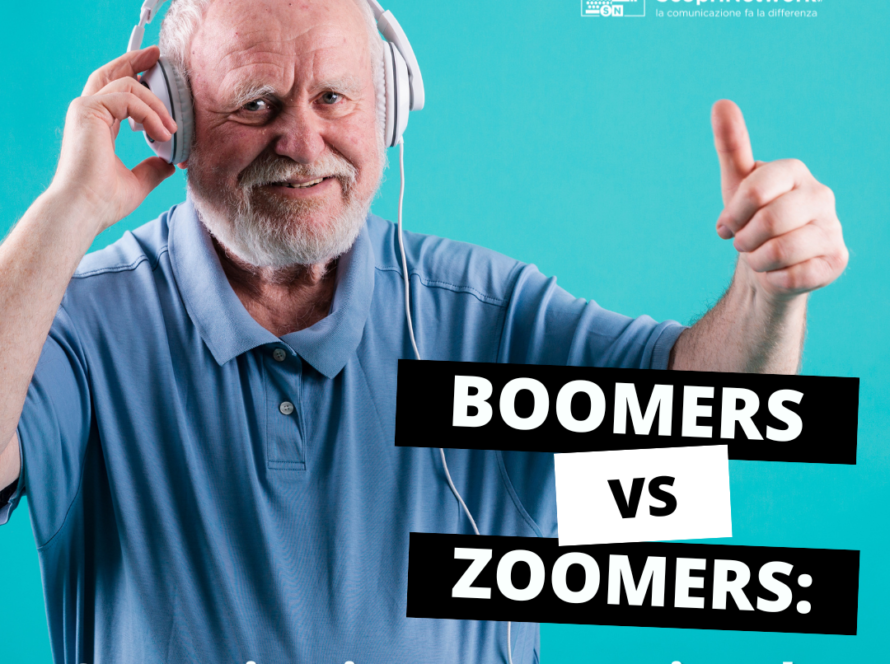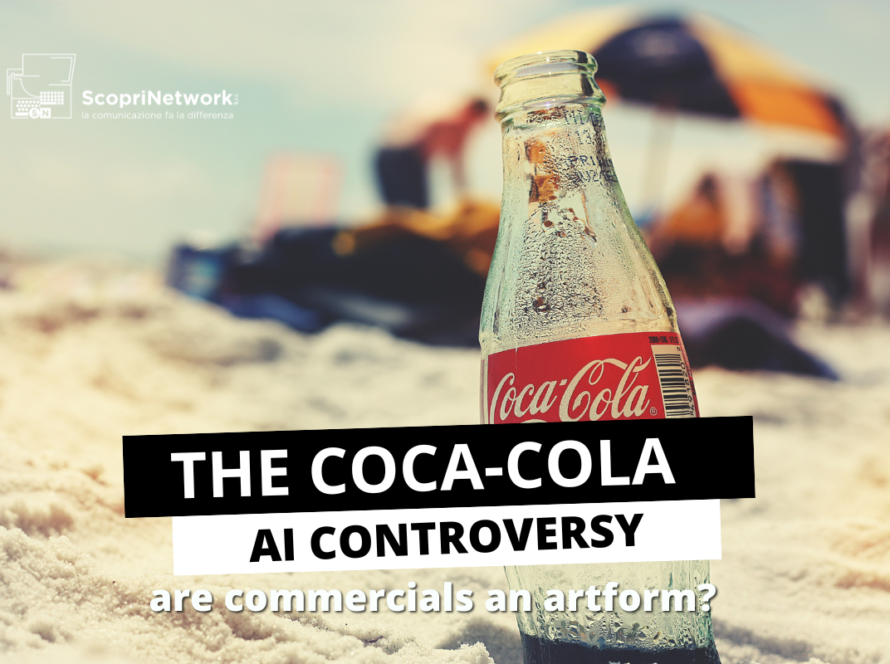The rise of TikTok and short-form video has posed an interesting question for today’s day and age: have attention spans gotten shorter?
This March marks the 4th anniversary of the beginning of the historic Covid pandemic we collectively faced. Those dark times of restrictions and lockdowns forced citizens into quarantine for months at a time, negatively impacting people’s well-being. Due to the need to stay entertained and not get cabin fever, many social-media platforms and streaming websites exploded in popularity: Netflix, Disney plus, Youtube and, of course, Tiktok.
TikTok, especially, became the most downloaded app in any quarter in Q1 2020 and boasted over 800 million monthly users which is remarkable considering the app had launched only a few years prior. This meteoric rise in popularity was mostly due to the fact its short continuous stream of content made it the perfect app to lose yourself during quarantine.
Brain fog and shortened attention spans
Although the pandemic may have benefitted tech companies, most people suffered greatly. Even those who were fortunate enough to not lose friends or family to the deadly virus, still could have suffered mental health issues from the whole ordeal.
Beyond just a feeling of loneliness and isolation, some individuals experienced what is referred to as brain fog. It’s a range of neurological symptoms that some people experience after contracting COVID-19. These symptoms may include mental confusion, difficulty concentrating, memory problems, fatigue and trouble thinking clearly. The brain fog persists even after the physical symptoms of the virus. It is believed to be due to various factors, including inflammation and neurological damage caused by the infection itself, emotional stress related to the illness, social isolation, and reduced physical activity during the illness.
However, according to a report by Time, attention spans are becoming shorter even among those who didn’t contract the disease. The article reported comments by Gloria Mark, a professor and author of Attention Span: A Groundbreaking Way to Restore Balance, Happiness and Productivity, who believes that our brain has gotten used to too many distractions and engages with them out of habit.
This increasingly growing problem is having a real impact on the world around us, from how teachers act in classrooms to how companies choose to advertise.
Out with the old, in with new Tik Tok advertising
As TikTok continues to grow most brands have begun creating advertisements on the platform. However, since it’s mostly used by people who are 18 to 24 years of age and the algorithm facilitates viral fame, following trends and being creative has become the best way to advertise your brand without paying for ad space. All of this mounts up to new types of ads which are, for all intents and purposes, self-aware.
Since TikTok is mostly used by teens and young adults, generations that grew up with a constant barrage of commercials and marketing campaigns. Seeing a brand poke fun at itself or be self-aware in any way is refreshing.
Ryanair, for example, the famous low-cost airline, has blown up on the app due to their unhinged videos, featuring a Ryanair plane with human eyes and mouth recontextualising a sound or lyric.
In this video the company is poking fun at its infamously strict policy around the weight of hand-luggage. It is deliberately taking something flyers complain about and making light of it. An unusual strategy which only 10 years ago would’ve been unheard of. Rather than embellishing the brand, they make jokes and gain audiences’ respect in doing so.
Duolingo, the popular language learning app, has focused not just on self-aware jokes but also on creating this wild persona around Duo the green bird. In their videos the app mascot, Duo, can be seen dressing extravagantly. Threatening people who haven’t completed their daily lesson, or surprising people on the street. In the following video we see a small sketch in which Duo gets a BBL (Brazilian Butt Lift). There is no apparent reason for the sketch other than to shock and delight users who will hopefully share it amongst friends.
A new age post-COVID
4 years after the pandemic, it’s clear that many things have changed for the foreseeable future. Having to stay isolated for so long made us reliant on technology more than ever before to connect, socialise and work . And, although technology has made things a lot easier for all of us, it has also contributed in diminishing our attention spans forcing big brands to look for new ways to reach the public.
As of March 14 2024, the U.S. House has passed a bill to ban Tik Tok in the country. Despite the public outcry to keep the app running Nationwide, it now all comes down to the U.S. Senate. It’s unknown whether the ban will ultimately lead to a change in people’s attention spans or if the void will inevitably be filled by another short-form content app.
Today’s age of self-aware marketing is a testament to the evolution of visual media advertising. In this context, brands communicate values and personality by being transparent and levelling with people.





